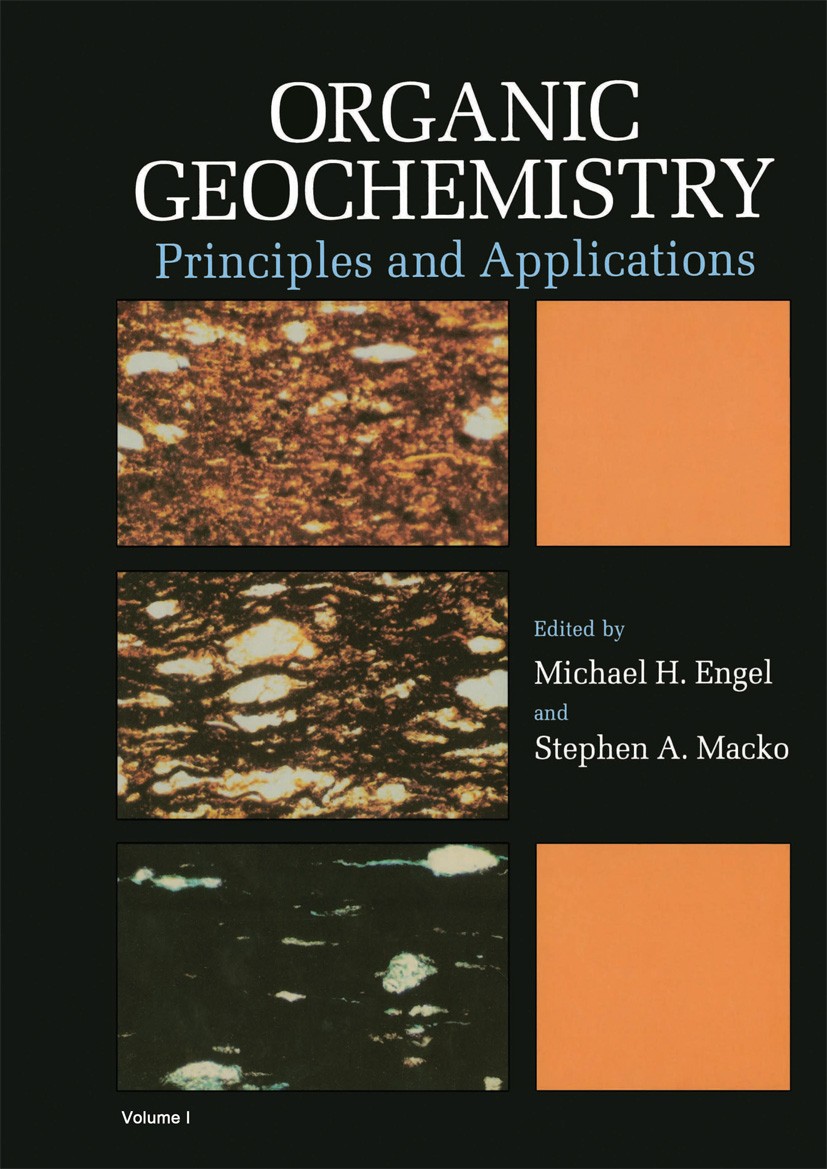Mid- to Late-Holocene branched GDGT-based air temperatures from a crater lake in Cameroon (Central Africa)
IF 2.5
3区 地球科学
Q2 GEOCHEMISTRY & GEOPHYSICS
引用次数: 0
Abstract
African low-latitude regions tend to be underrepresented in global continental temperature reconstructions, limiting both our understanding and the reliability of predictions of past and future changes in temperature and precipitation in those parts of the world. The lack of continuous sedimentary archives and quantitative temperature proxies further complicates this issue, especially outside Eastern Africa. Here, we use data collected in Cameroon lakes to assess branched glycerol dialkyl glycerol tetraether (brGDGT)-based temperature proxies and examine potential confounding variables impacting temperature reconstructions. By analyzing GDGT distributions in soil watershed, water column, and surface sediment samples from a total of 11 Cameroon lakes, we could verify that the degree of methylation of brGDGTs (through the MBT′5Me) can serve as a reliable indicator for reconstructing mean annual air temperatures. Additionally, we could confirm that surface water conductivity represents a controlling factor for the brGDGT assemblage in surface sediments of crater lakes. Moreover, we provide the first reconstruction of Mid- to Late-Holocene GDGT-based air temperatures for a crater lake in Cameroon (Central Africa), revealing a temperature decrease of 2.5 °C over the last 7000 years, which agrees with recently published records for East Africa but exceeds current model predictions. These discrepancies highlight the need for additional studies to focus on this geographically underrepresented area.
中非喀麦隆火山口湖的中至晚全新世分支gdg温度
非洲低纬度地区在全球大陆温度重建中的代表性往往不足,这限制了我们对世界这些地区过去和未来气温和降水变化的了解以及预测的可靠性。缺乏连续的沉积档案和定量温度代用指标使这一问题更加复杂,尤其是在东非以外地区。在这里,我们利用在喀麦隆湖泊收集的数据来评估基于支链甘油二烷基甘油四醚(brGDGT)的温度代用指标,并研究影响温度重建的潜在混杂变量。通过分析总共 11 个喀麦隆湖泊的土壤流域、水体和表层沉积物样本中的 GDGT 分布,我们可以验证 brGDGT 的甲基化程度(通过 MBT′5Me)可以作为重建年平均气温的可靠指标。此外,我们还证实了地表水电导率是陨石坑湖地表沉积物中 brGDGT 组合的一个控制因素。此外,我们首次为喀麦隆(中非)的一个火山口湖重建了全新世中期到晚期的气温,显示在过去的7000年中气温下降了2.5°C,这与最近发表的东非记录一致,但超出了目前的模型预测。这些差异突出表明,有必要开展更多的研究,重点关注这一代表性不足的地理区域。
本文章由计算机程序翻译,如有差异,请以英文原文为准。
求助全文
约1分钟内获得全文
求助全文
来源期刊

Organic Geochemistry
地学-地球化学与地球物理
CiteScore
5.50
自引率
6.70%
发文量
100
审稿时长
61 days
期刊介绍:
Organic Geochemistry serves as the only dedicated medium for the publication of peer-reviewed research on all phases of geochemistry in which organic compounds play a major role. The Editors welcome contributions covering a wide spectrum of subjects in the geosciences broadly based on organic chemistry (including molecular and isotopic geochemistry), and involving geology, biogeochemistry, environmental geochemistry, chemical oceanography and hydrology.
The scope of the journal includes research involving petroleum (including natural gas), coal, organic matter in the aqueous environment and recent sediments, organic-rich rocks and soils and the role of organics in the geochemical cycling of the elements.
Sedimentological, paleontological and organic petrographic studies will also be considered for publication, provided that they are geochemically oriented. Papers cover the full range of research activities in organic geochemistry, and include comprehensive review articles, technical communications, discussion/reply correspondence and short technical notes. Peer-reviews organised through three Chief Editors and a staff of Associate Editors, are conducted by well known, respected scientists from academia, government and industry. The journal also publishes reviews of books, announcements of important conferences and meetings and other matters of direct interest to the organic geochemical community.
 求助内容:
求助内容: 应助结果提醒方式:
应助结果提醒方式:


